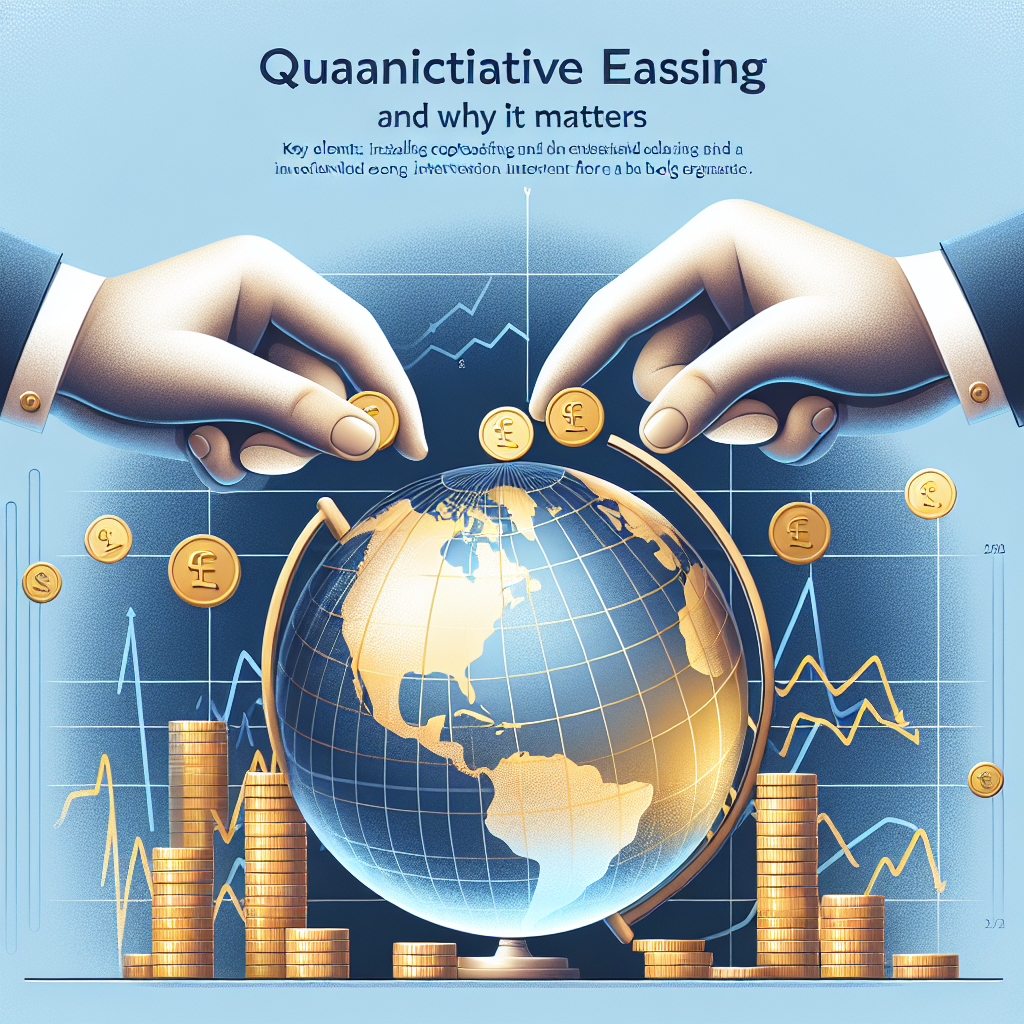
What Is Quantitative Easing and Why Should You Care?
Understanding Quantitative Easing: A Guide for Everyone
What Is Quantitative Easing?
The Mechanics of Quantitative Easing
- The Central Bank acquires securities: It buys government or corporate bonds from financial institutions.
- Money supply increases: The assets are paid for by creating new money electronically, increasing the amount of cash in the economy.
- Lower borrowing costs: As the central bank buys up bonds, their prices go up, and yields (interest rates) go down, making borrowing cheaper for everyone.
- Stimulating economic activity: Cheaper loans encourage businesses to invest and consumers to spend, helping to boost economic growth.
The Purpose of Quantitative Easing
- Lower long-term interest rates
- Increase the money supply
- Encourage lending and investment
- Support asset prices, like stocks and real estate
- Prevent deflation—a decline in prices that can harm economic growth
Historical Context: When and Why Was QE Used?
Effects and Impact of Quantitative Easing
Positive Effects
- Stimulate economic growth by making borrowing cheaper
- Support job creation
- Prevent deflation or help restore inflation to target levels
- Stabilize financial markets
- Lower long-term interest rates across the economy
Potential Risks and Criticisms
- Asset Bubbles: By inflating asset prices, QE can lead to bubbles in stocks, real estate, or other markets, which may burst and cause economic instability.
- Income Inequality: Rising asset prices disproportionately benefit wealthier individuals who own most investments, potentially widening economic inequality.
- Inflation Risks: Excessive money supply can eventually lead to runaway inflation if not carefully managed.
- Future Challenges: Large balance sheets accumulated via QE can be challenging to unwind without disrupting markets.


